tx-mirror
Interactive installation, 2018
The installation »tx-mirror« was created for the exhibition »Art in Motion. 100 masterpieces with and through media« at ZKM – Center for Art and Media Karlsruhe and is a further development of the film technology »tx-transform« invented by Martin Reinhart in 1992. As in earlier works by the duo Martin Reinhart and Virgil Widrich, the familiar perception is questioned and expanded through intuitive interaction. In a magical mirror one can look at oneself and explore the laws of a universe in which time and space have been exchanged. The installation also pays homage to the Polish video artist Zbigniew Rybczynski, whose film »The Fourth Dimension« has inspired an entire generation of artists.
Concept: Martin Reinhart, Virgil Widrich
Programming: Matthias Strohmaier
Sound design of the film documentation: Siegfried Friedrich
Thanks to Peter Weibel and Leo Coster
Produced on behalf of ZKM – Center for Art and Media Karlsruhe
tx-transformator
Interactive installation, 1999
The tx-transformator was a commissioned installation for the DEAF 2000 in Rotterdam (Dutch Electronic Art Forum). Here a review from this time:
The 'tx-transformator' that is shown for the first time at DEAF 2000 in Rotterdam is an interactive installation in a way similar to a photo booth. Consisting of a camera and a computer, the visitors can produce 'space cut' films almost in realtime. Different shooting angles and speed of the automatic cameras pan can be chosen and the results of these self-made transformations can be seen immediately on a monitor.
tx-transform is a new film technique which transposes the time axis (t) and the space axis (x) in film. Normally, each individual frame depicts the entire space but only a moment in time. This is reversed in tx-transformed films: Each frame shows the entire period of time but only a tiny portion of the space.
A simple way to understand tx-transformation is to imagine a flipbook containing a sequence of pictures. When rapidly riffled with the tip of the thumb, an illusion of motion is produced. Like a reel of film, this toy contains all the spatial aspects of motion and can be understood as an 'information block'. Normally, this block is riffled from front to back along the time axis to create the illusion of a moving image. tx-transform riffles through this 'information block' in quite a different way by cutting through the space axis instead of the time axis. These 'space cuts' through the 'information block' produce a series of astounding visual effects: houses start to move, heads grow out of themselves, moving trains become shorter and shorter as their speed increases, and much more.
By movement in space, the objects of a set change their respective positions. But, through relations, the whole is transformed or changes qualitatively. We can say of duration itself or of time, that it is the whole of the relations.
Gilles Deleuze, The Movement-Image
Film involves the relationship between time and space and can be understood as a linear system of order, which assigns a certain spatial or visual configuration to a certain point in time. In everyday life, time is normally understood as a linear dimension of an unequivocal quantity. This view of reality corresponds to the progression of time in film. A strip of film has a beginning and an end; the direction is determined by the direction in which it runs through the projector, and the relative duration of the projected events can be calculated on the basis of the length of the film material and the speed at which it moves through the projector. What we perceive as time is for the film a spatial dimension, which expands in a certain direction.
With tx-transform, objects depicted in a film are no longer defined as images of something that exists concretely; they become conditions in time. The digital realization of this technique in no way influences film's special character as a fundamental model of order and perception.
Concept: Martin Reinhart, Virgil Widrich
Programming: Stefan Ladstätter
Hardware: Georg Hirzinger, Martin Reinhart
Electronics: Martin Moser
Developed on behalf of DEAF (Dutch Electronic Art Forum)
Co-funded by the Federal Chancellery of Austria (BKA)



